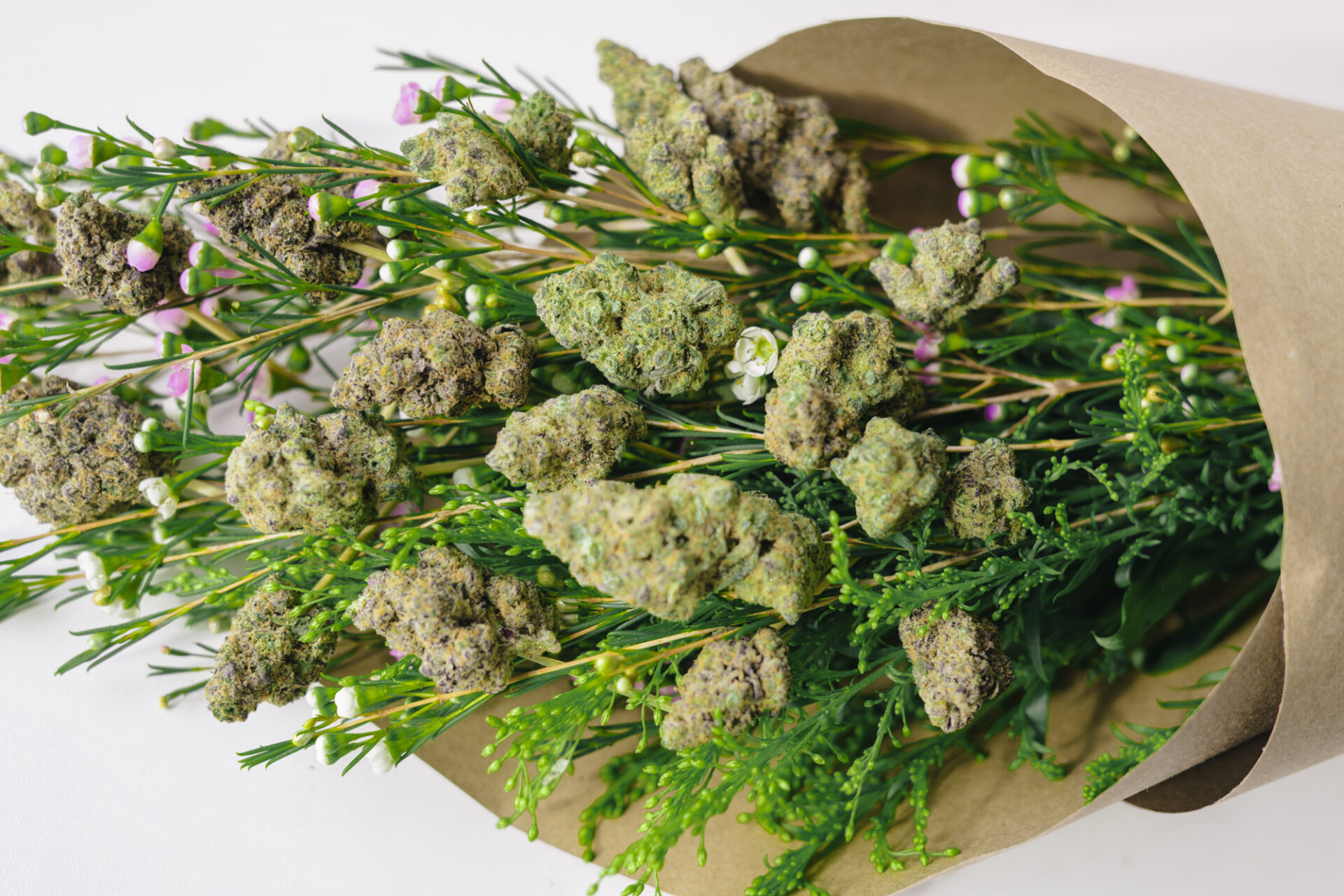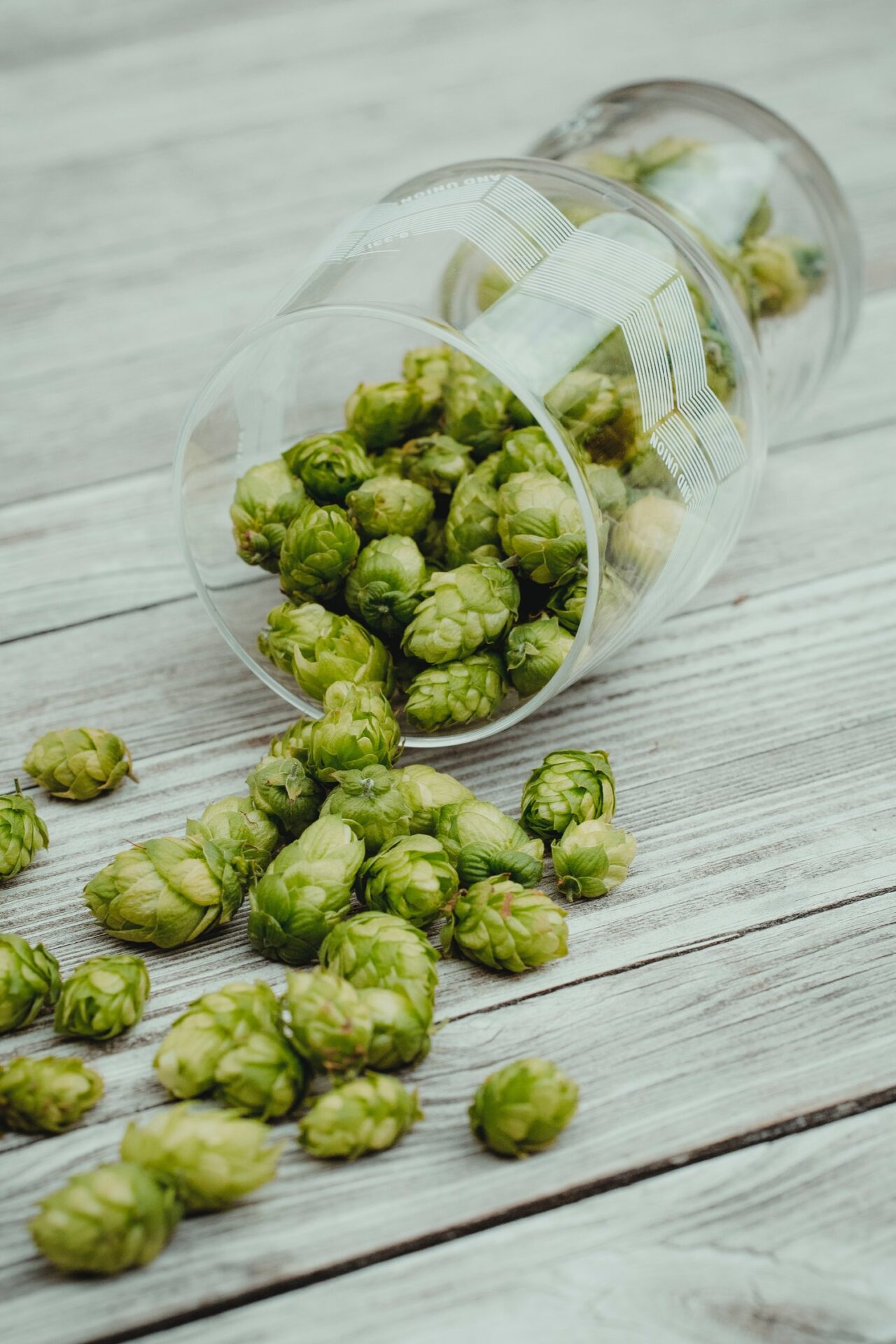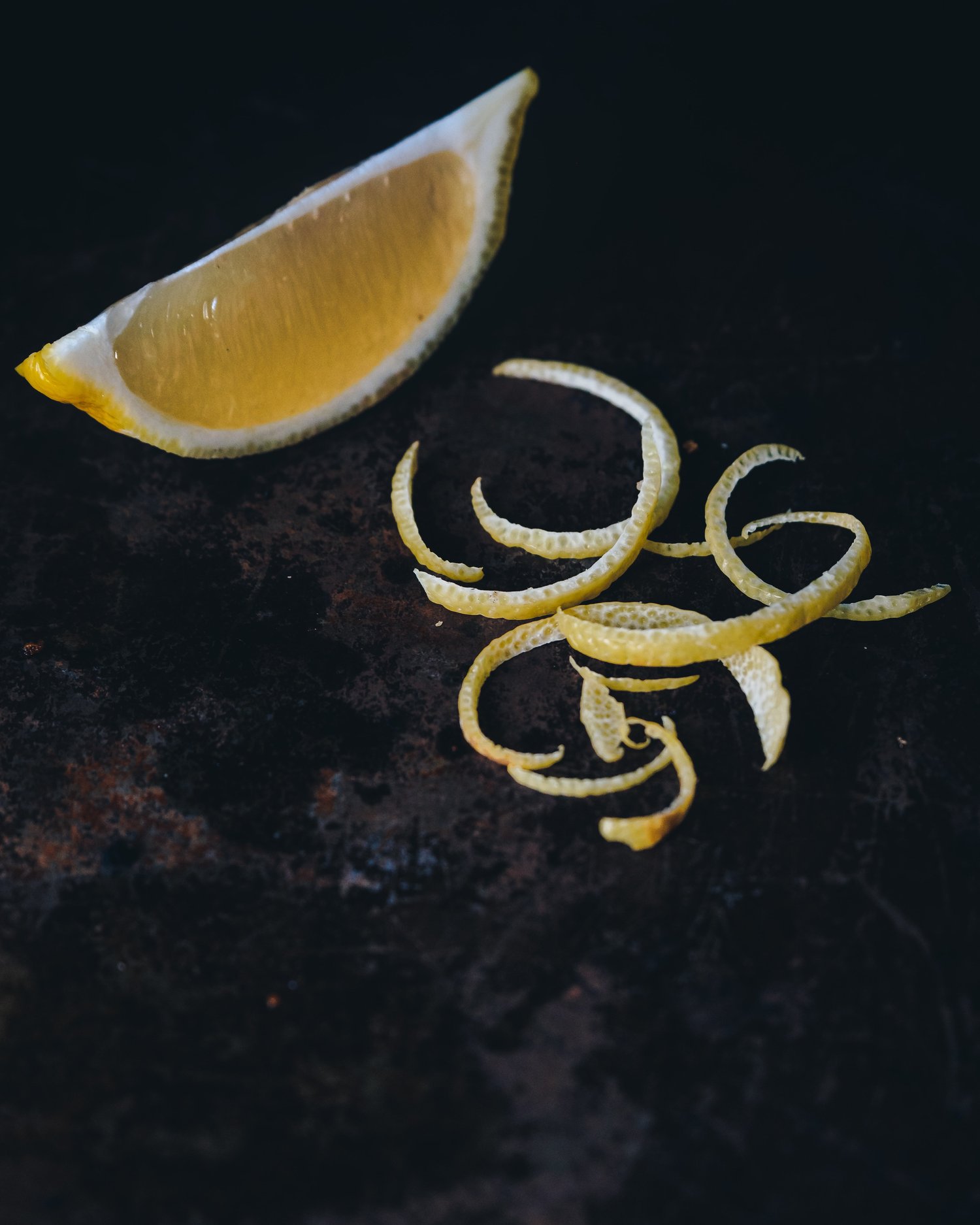
By J Gordon Curtis
There’s no bigger shame than the one I felt as a new cannabis user when my friend smelled the jar I kept my flower in. After breathing in deeply, he looked at me and said “my guy, whatever you paid for this, it was too much.”
The issue was not an unpleasant odor but, rather, no odor at all.
That odor is largely made up of terpenes: aromatic essential oils the cannabis plant secretes along with cannabinoids. Terpene profiles can vary greatly between strains and is a large part of what distinguishes one from another. It is terpenes that give each cannabis strain its unique smell and flavor profile.
Lots of things can lower the terpene content of the plant. Proper growing, curing, and storage techniques are all important in ensuring this doesn’t happen. Regardless of how many other stages are properly executed, any one of these can be detrimental to the overall quality of the plant.
Over time, when improperly stored, cured, or grown, these terpenes degrade, evaporate off, and escape. This leaves the less-effective (and less desirable) flower that I had purchased as a newbie.
Terpenes do a lot more than just contribute to the smell of cannabis. Research is suggesting that terpenes play a large role in why we feel the different effects in different strains of cannabis.
Over 20,000 terpenes exist in nature and anywhere from 120 to over 200 exist in cannabis alone. They have formed mostly as defense mechanisms for plants over time. This makes it ironic how many of them actually increase how much we enjoy eating these plants.
For the sake of this article, we’ll narrow it down to five common cannabis terpenes. We will discuss the aroma they provide, the effects research shows them to produce, and where else they are in nature.
Vivamus magna justo, lacinia eget consectetur sed, convallis at tellus. Lorem ipsum dolor sit amet, consectetur adipiscing elit. Nulla porttitor accumsan tincidunt. Vestibulum ac diam sit amet quam vehicula elementum sed sit amet dui. Praesent sapien massa, convallis a pellentesque nec, egestas non nisi. Nulla quis lorem ut libero malesuada feugiat. Curabitur aliquet quam id dui posuere blandit. Vivamus suscipit tortor eget felis porttitor volutpat. Mauris blandit aliquet elit, eget tincidunt nibh pulvinar a.

Myrcene
Myrcene is the most common cannabis terpene. It is likely responsible for many of the effects we normally attribute to “Indica” strains. Rodent studies have shown that high doses of this terpene can act as a muscle relaxant and increase their sleeping time. A strong sedative, myrcene gives off a peppery, earthy fragrance with notes of red grape.
Lemongrass, mango, and thyme are other plants where myrcene also exists abundantly. You may have heard the old adage that eating a mango while consuming cannabis can increase the total effect. It stands to reason that this perceived effect is due to the abundance of Myrcene in Mangoes.
Myrcene is the most common cannabis terpene. It is likely responsible for many of the effects we normally attribute to “Indica” strains. Rodent studies have shown that high doses of this terpene can act as a muscle relaxant and increase their sleeping time. A strong sedative, myrcene gives off a peppery, earthy fragrance with notes of red grape.
Lemongrass, mango, and thyme are other plants where myrcene also exists abundantly. You may have heard the old adage that eating a mango while consuming cannabis can increase the total effect. It stands to reason that this perceived effect is due to the abundance of Myrcene in Mangoes.

Caryophyllene
This terpene is unique in that it is also able to attach to our Endocannabinoid system. This makes caryophyllene a terpene that is also able to act as a cannabinoid!
Research has found it to attach to CB2 receptors, located throughout our body. This means that this terpene has great potential for dealing with pain. Additionally, some studies show it to have antioxidant, anti-inflammatory, anti-depressant, and anti-anxiety effects.
With a spicy bouquet that helps it to stand out, caryophyllene can also be found in nature through hops, black pepper, cinnamon, and basil.

Limonene
The inhalation of limonene increases serotonin and dopamine levels. This makes it a potentially helpful tool for anxiety, depression, and O.C.D. Much is still unknown about limonene but the studies completed thus far are promising. One such study found limonene was able to silence a protein promoting breast cancer growth after 2-6 weeks of daily use.
As the name suggests, limonene is abundant in citrus rinds in nature.

Linalool
Linalool is also found in Lavender and is what gives it the ability to promote relaxation and calming. Studies are showing linalool to potentially be a way to battle epileptic seizures as they’re finding it to be a powerful anticonvulsant. Additionally, since Linalool is one of the Terpenes plants use to ward off pests, it could be a great, natural pesticide solution!

Pinene
The most abundant terpene in the natural world, pinene is primarily found in pine needles, rosemary, and basil. It’s reportedly very useful when dealing with pain, inflammation, and anxiety. It’s easy to detect pinene in cannabis: if your strain smells like a forest, you’ve got a pinene-heavy strain.
Researchers are also looking into Pinene for its ability to open up airways in the lungs. Additionally, it may potentially combat the short-term memory impairment normally felt with THC.
Conclusion
Terpenes are entering the spotlight more and more as people discuss the “Entourage Effect.” This is the theory that all the chemicals and compounds of the plant contribute to its total effect. There is no denying that different strains of cannabis can produce wildly different effects. Now, many believe to have found the reason for this in terpenes.
Next time you’re on the hunt for a new strain, see for yourself. Consider the terpenes desired as opposed to whether it has a “Sativa” or “Indica” label.
As mentioned, all these terpenes exist elsewhere in nature and they provide the same benefits
out there as they do in cannabis. Many cannabis products that involve terpenes pull them from sources other than cannabis. Terpenes are typically more abundant from other botanical sources. It’s very rare for a product to have cannabis-derived terpenes as they are harder to pull and typically considered more volatile.
Many consider cannabis-derived terpenes to be truer to the actual plant and more favorable. Regardless of where the terpenes are coming from, it’s certainly exciting seeing them ascend to a greater public spotlight.
Visit Our Dispensaries
Latest Post

Is Delta-8 Legal In Nashville, TN?
Delta-8 is a hot topic right now, but with so much information out there, it can be hard to know what to believe. That’s why we’re here to help! In this blog post, we’ll cover everything you need to know about Delta-8, from what it is to how it works to where you can buy it.

